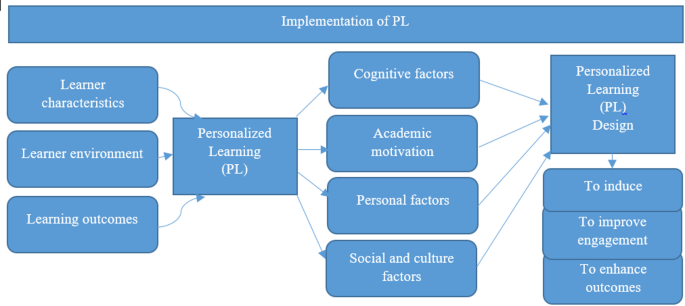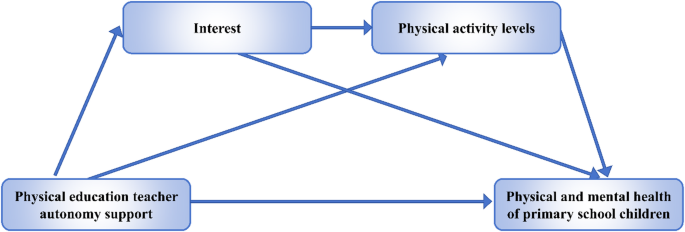Massachusetts Workforce Development Grant Aligns with Sustainable Development Goals
Executive Summary
The Healey-Driscoll Administration has allocated approximately $1.5 million in grant funding to enhance workforce development across Massachusetts. This initiative is designed to provide essential training opportunities for over 500 unemployed and underemployed individuals, directly contributing to the achievement of several key United Nations Sustainable Development Goals (SDGs), including SDG 4 (Quality Education), SDG 8 (Decent Work and Economic Growth), and SDG 10 (Reduced Inequalities).
Grant Program Details and SDG 8 Impact
The Training Resources and Internships Network grant supports 13 implementation programs. The announcement, made at Springfield Technical Community College during Massachusetts STEM Week, underscores the strategic link between education and sustainable economic development.
- Objective: To provide comprehensive training programs, including key skill development and support services, to guide participants into new career pathways.
- Target Population: Over 500 unemployed and underemployed residents.
- Alignment with SDG 8 (Decent Work and Economic Growth): By equipping individuals with relevant job skills, the program directly promotes full and productive employment, fostering inclusive and sustainable economic growth within the Commonwealth.
Contribution to SDG 4 (Quality Education) and SDG 10 (Reduced Inequalities)
The grant focuses on providing accessible and relevant vocational training, a core target of SDG 4. By empowering marginalized economic groups, the initiative also makes significant strides toward SDG 10.
- SDG 4 – Quality Education: The program ensures inclusive and equitable quality education by offering lifelong learning opportunities through vocational training, increasing the number of adults with technical skills for employment and decent jobs.
- SDG 10 – Reduced Inequalities: By specifically targeting unemployed and underemployed populations, the grant works to reduce economic inequality, providing pathways to upward mobility and greater financial stability.
- SDG 17 – Partnerships for the Goals: The collaboration between the state administration and community colleges exemplifies a strong partnership dedicated to achieving sustainable development objectives.
Participating Institutions
Several community colleges have been named as awardees, serving as crucial partners in delivering these training programs. Key recipients include:
- Berkshire Community College
- Greenfield Community College
- Holyoke Community College
- Springfield Technical Community College
Analysis of Sustainable Development Goals (SDGs) in the Article
1. Which SDGs are addressed or connected to the issues highlighted in the article?
-
SDG 4: Quality Education
- The article focuses on providing “essential training opportunities” through grants to community colleges. This directly relates to ensuring inclusive and equitable quality education and promoting lifelong learning opportunities for all, particularly for vocational and skills development outside of traditional schooling.
-
SDG 8: Decent Work and Economic Growth
- The program’s primary goal is to assist “unemployed and underemployed people” by providing them with skills to enter “new career[s]”. This aligns with promoting sustained, inclusive, and sustainable economic growth, full and productive employment, and decent work for all.
-
SDG 10: Reduced Inequalities
- By specifically targeting “unemployed and underemployed people,” the initiative aims to reduce economic inequality. It provides a pathway for a vulnerable segment of the population to improve their economic status and achieve greater inclusion in the workforce.
-
SDG 17: Partnerships for the Goals
- The article highlights a partnership between a government body (the Healey-Driscoll Administration) and public educational institutions (Berkshire Community College, Greenfield Community College, etc.). This collaboration is a clear example of a public partnership to achieve sustainable development objectives.
2. What specific targets under those SDGs can be identified based on the article’s content?
-
Target 4.4: By 2030, substantially increase the number of youth and adults who have relevant skills, including technical and vocational skills, for employment, decent jobs and entrepreneurship.
- The article directly addresses this by funding programs that provide “essential training opportunities” and “development of key skills” to over 500 adults to help them secure new careers.
-
Target 8.6: By 2020, substantially reduce the proportion of youth not in employment, education or training.
- Although the target date has passed, the program’s mission is directly aligned with this goal. It provides training and education to unemployed and underemployed people, moving them out of a state of being “not in employment, education or training” and into the workforce.
-
Target 10.2: By 2030, empower and promote the social, economic and political inclusion of all, irrespective of age, sex, disability, race, ethnicity, origin, religion or economic or other status.
- The grant program empowers an economically disadvantaged group (the unemployed and underemployed) by providing them with the skills and support services needed for economic inclusion and career advancement.
-
Target 17.17: Encourage and promote effective public, public-private and civil society partnerships, building on the experience and resourcing strategies of partnerships.
- The initiative is a public partnership between the state administration and community colleges, demonstrating a collaborative effort to address workforce development and education challenges.
3. Are there any indicators mentioned or implied in the article that can be used to measure progress towards the identified targets?
-
Number of beneficiaries receiving training:
- The article explicitly states that the grants will provide training to “over 500 unemployed and underemployed people.” This is a direct quantitative indicator for measuring progress towards Target 4.4 (increasing the number of adults with relevant skills).
-
Financial resources mobilized:
- The grant amount of “approximately $1.5 million” is a clear indicator of the financial commitment and resources allocated to achieve the program’s objectives, which is relevant for measuring the scale of partnerships under SDG 17.
-
Number of training programs implemented:
- The article mentions that the grant supports “13 implementation programs.” This serves as an indicator of the breadth and structure of the initiative, showing how the resources are being distributed to deliver the training.
Summary Table of SDGs, Targets, and Indicators
| SDGs | Targets | Indicators |
|---|---|---|
| SDG 4: Quality Education | Target 4.4: Increase the number of adults with relevant skills for employment. | Number of people receiving training (“over 500”). |
| SDG 8: Decent Work and Economic Growth | Target 8.6: Reduce the proportion of people not in employment, education or training. | Number of unemployed and underemployed people enrolled in training programs (“over 500”). |
| SDG 10: Reduced Inequalities | Target 10.2: Empower and promote the social and economic inclusion of all. | Provision of training and support services to an economically vulnerable group (unemployed/underemployed). |
| SDG 17: Partnerships for the Goals | Target 17.17: Encourage and promote effective public partnerships. | Financial resources mobilized (“$1.5 million in grants”); Number of implementation programs (“13”). |
Source: westernmassnews.com






